Overview
This study documents a very successful example of oak regeneration after a clearcut with reserves harvest on a Southern Dry Mesic Oak Forest Native Plant Community (NPC). In 2020, 34 years after treatment, the stand contains good stocking of a mixture of tree species that fit the site well, with a strong oak component. Most of the trees are 5 to 10 inches DBH.
The Native Plant Community (NPC) silvicultural strategy was to “re-initiate a stand as would severe windthrow to create open to very large gap habitat.”
The 1985/86 timber harvest took place during the winter, after a bumper red and white oak acorn crop in the fall of 1985. The stand received post-sale control of competing tree stems, and planting of oak and black walnut seedlings. This series of treatments has been commonly used by foresters for oak regeneration in southeastern Minnesota. The stand also had a crop tree release in 2010, twenty-four years after harvest.
One unusual outcome was that this stand now has patches with a very significant white oak component. Those patches contain some of the best white oak regeneration the authors have seen.
Silviculture Objective(s)
1) Regenerate a mature oak stand to a young stand of similar composition.
2) Maintain and improve wildlife habitat with a strong component of oak trees in the new stand.
Oak forests provide habitat for numerous wildlife species. The principal game species include white-tailed deer, turkey, fox, and gray squirrels, and in some areas ruffed grouse. Other important species include raccoon, opossum, red fox, bobcat, skunk, and a host of birds. One of oaks’ most important contributions to wildlife is mast, or acorns which are an important seasonal food source for squirrels, turkey, deer, grouse, blue jays and other acorn consumers. Source: North Central Manager’s Handbook for Oaks in the North Central States (GTR NC-37).
3) Improve timber quality and value.
A good component of healthy, well-formed oaks, black cherry and other fine hardwoods will help ensure high timber value at harvest time.
Pre-treatment stand description and condition
Stand establishment and management history:
Most of the mature oak stands in southeastern Minnesota at the time of project initiation in 1985 originated after control of regular fires after European settlement.
The stand was part of a privately owned farmstead until the state obtained it in the 1970s, so it probably had a history of use as a woodlot and wooded pasture prior to the state obtaining the property. According to the farmer with private land adjacent to the north end of project area, white oak had been harvested from the site (shoulder of the slope) in mid-1950s to mid-1960s. When the timber sale was prepared in 1985, some of the residual white oak top material from that previous harvest was still visible on the ground.
The site is steep to rolling, with several dry washes or coves. Aspect is mostly westerly, with a portion of the site facing more northwesterly. The lower portions of the slope are in a protected valley. The uppermost portion of the site has a very gentle slope.
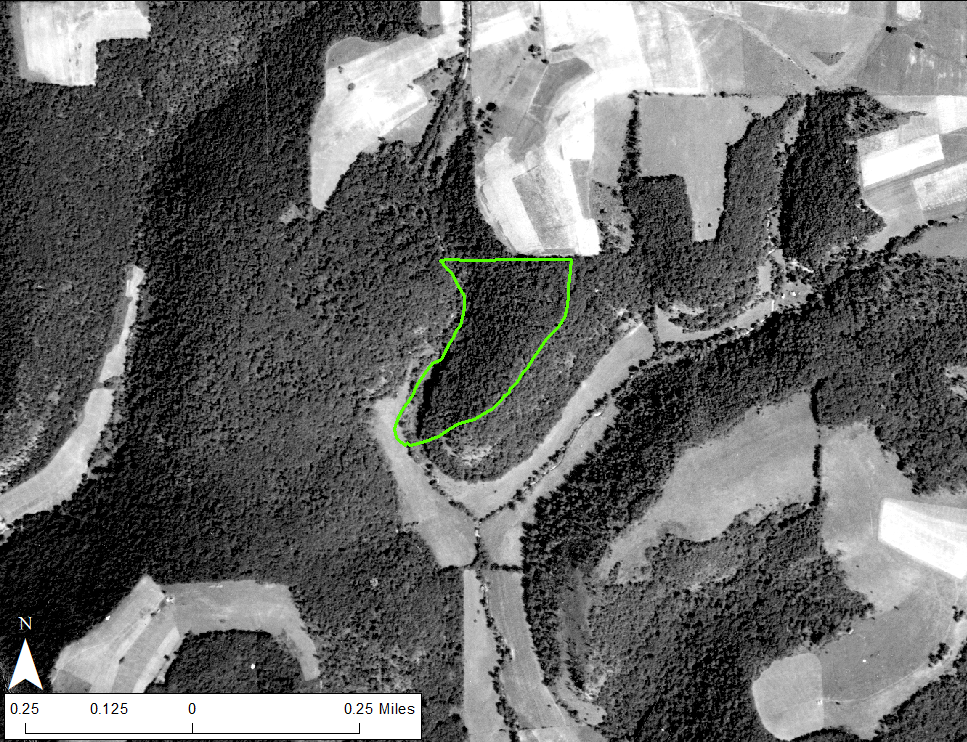
Figure 1: An aerial photo of the stand and surrounding area in 1938.
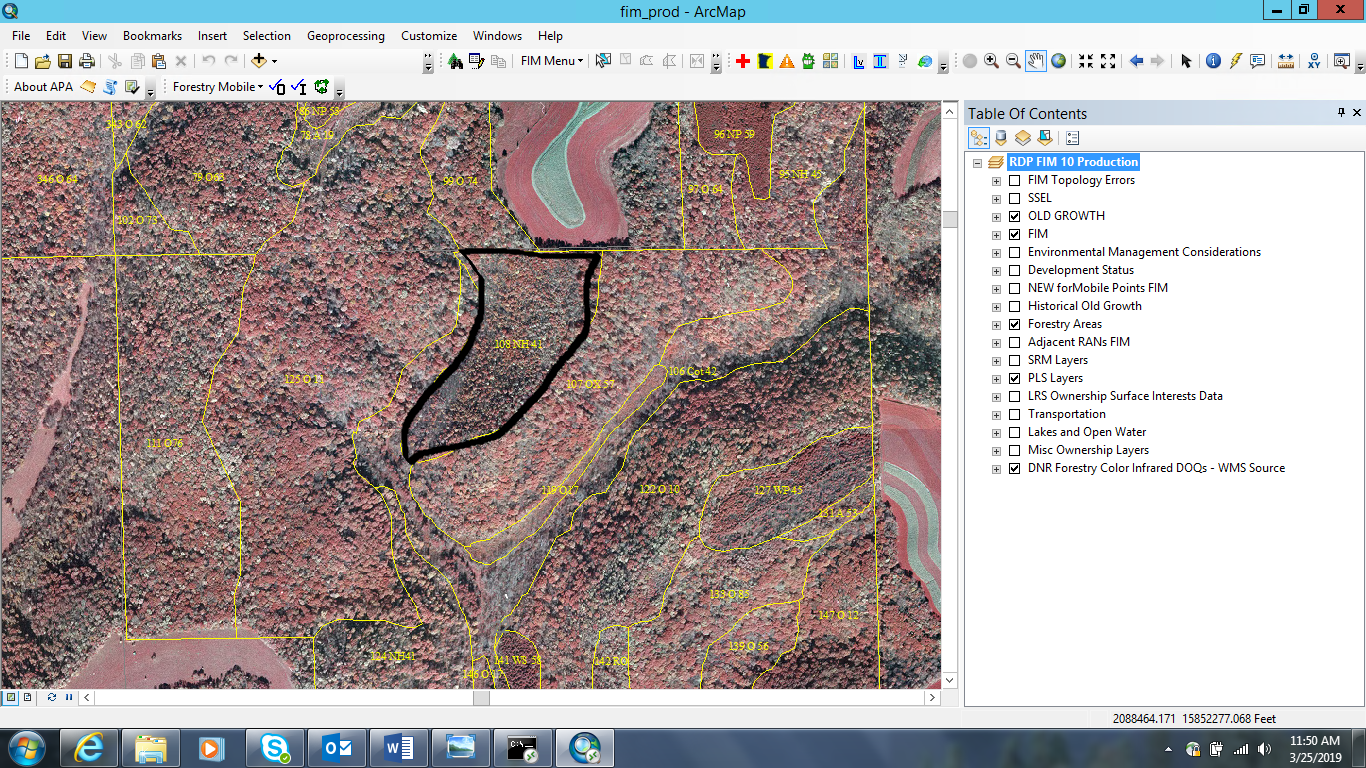
Figure 2: A color infrared aerial photo of the study site and surrounding area in 2016.
Pre-treatment species composition:
From timber sales records and forester recollections we know that red oak, with 90 to 100 year estimated age was by far the dominant overstory species in 1985. There was a mixture of other hardwood species present in the stand, including in order of prevalence: white oak, shagbark hickory, basswood, cottonwood, bur oak, aspen and boxelder.
Table 1: 1985 Timber Sale Appraisal Volumes of Merchantable Stems Over 12 Inches DBH by Species and Product
|
Species and Product |
Volume |
|
Red Oak Sawlogs and Veneer |
99,000 Board Feet |
|
White Oak Sawlogs and Veneer |
16,200 Board Feet |
|
Hickory Sawlogs |
2,800 Board Feet |
|
Basswood Sawlogs |
1,900 Board Feet |
|
Cottonwood Sawlogs |
1,300 Board Feet |
|
Bur Oak Sawlogs |
1,000 Board Feet |
|
Aspen Sawlogs |
900 Board Feet |
|
Total |
123,100 Board Feet |
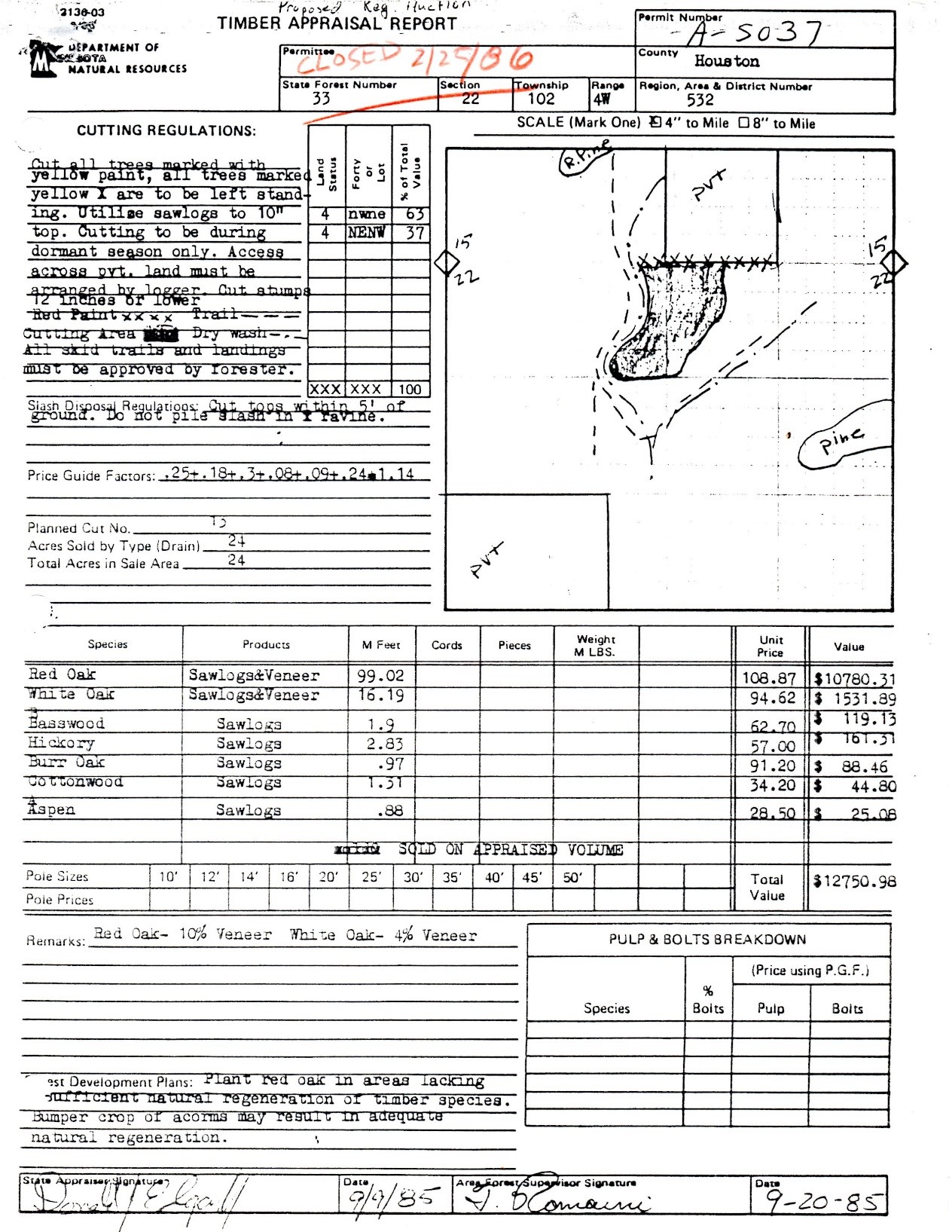
Figure 3: A timber sale appraisal report from 1985.
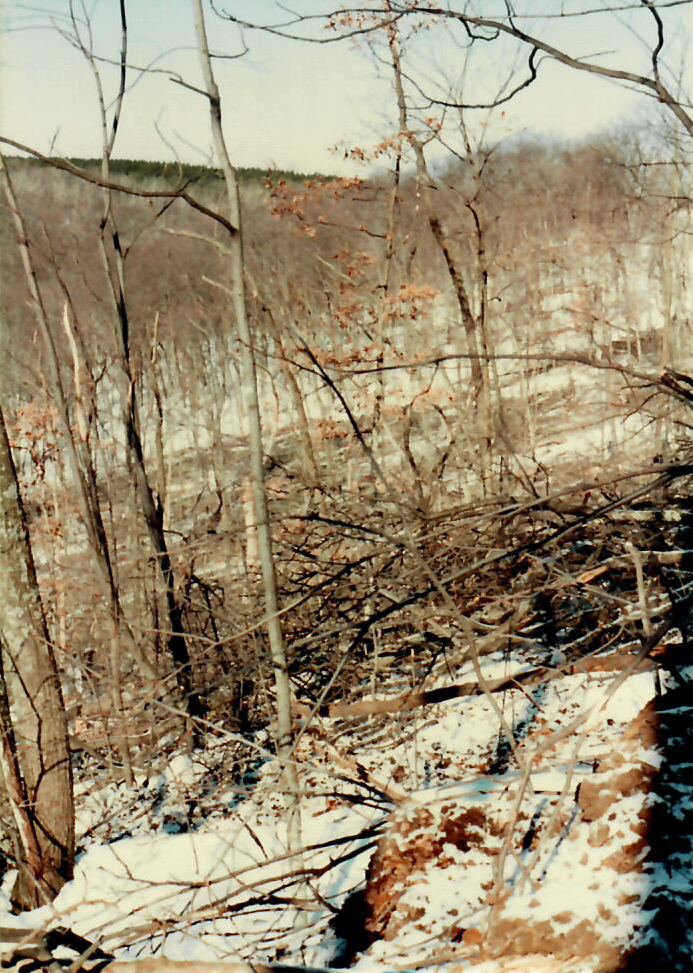
Figure 4: A picture taken during harvest operations, winter 1985/86.
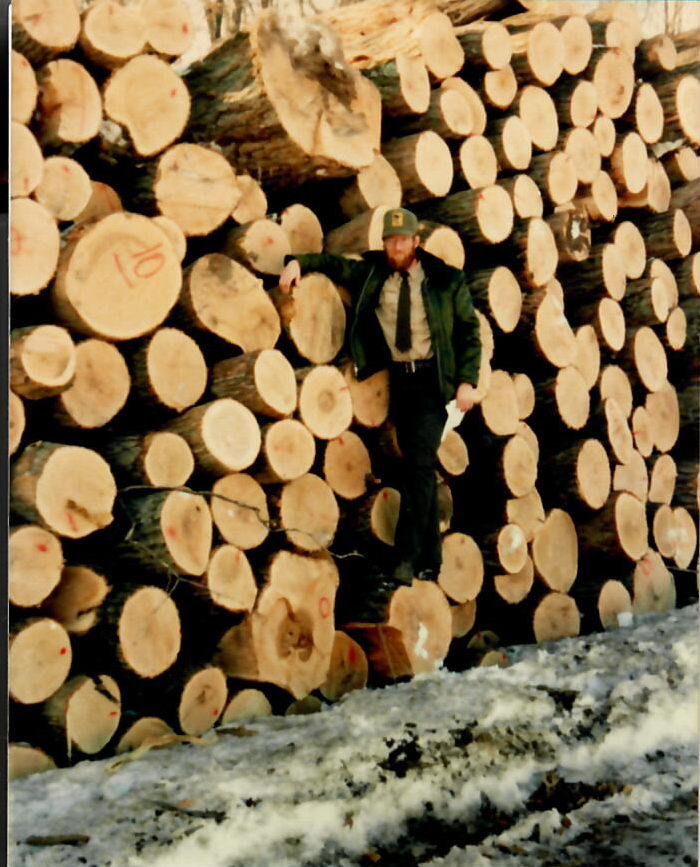
Figure 5: Forester Jim Edgar with log pile from timber sale in the winter of 1985/86.
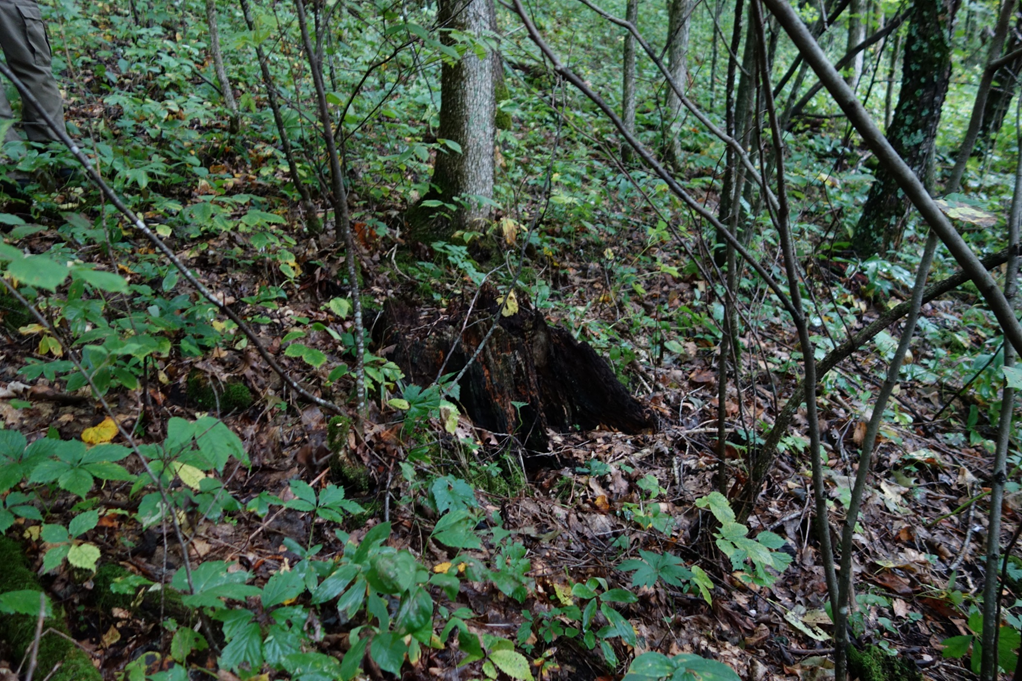
Figure 6: Rotting stump from 1985/86 harvest.
Pre-treatment forest health issues:
None noted.
Landowner objectives/situation:
While specific objectives vary from parcel to parcel, lands under the administration of DNR-Forestry are managed in alignment with Section Forest Resource Management Plans (SFRMP) to ensure that state forest management activities meet statewide goals for ecological protection, timber production, wildlife habitat and cultural/recreational values. The DNR assembles teams from the Divisions of Forestry, Fish & Wildlife, and Ecological & Water Resources who work with partners and the public to develop SFRMPs.
The Minnesota DNR goal for oak forest acreage at the time of project initiation was to maintain as much of it as possible through regeneration of mature stands.
Silviculture Prescription
Table 2: Silvicultural treatment steps
|
Treatment |
Date |
Description |
Acres Treated |
|
Clearcut with reserves harvest |
Fall/Winter 1985-86 |
Dormant season harvest was specified to facilitate sprouting and reduce insect and disease potential. The harvest happened to take place following a bumper acorn crop in the fall/winter of 1985. Forester noted less slash than normal post-harvest due to exceptional stem breakage during very cold weather at harvest time. |
24 |
|
Planting |
Spring 1986 |
Plant 12,000 red oak and 800 black walnut seedlings. Walnut planted on lower 1/3 of slope. Target planting density was an average of 530 trees/acre. |
24 |
|
Post-sale control of competing undesirable trees |
Growing season, 1986 |
Kill competing elm, ironwood, aspen, boxelder and hickory trees by girdling and applying Tordon RTU herbicide to girdle wound. |
24 |
|
Crop Tree Release |
2010 |
Elm, ironwood, aspen, boxelder and hickory stems that had crowns competing with crop species oak and walnut were killed by girdling the stems and applying herbicide to the girdle wound. |
24 |
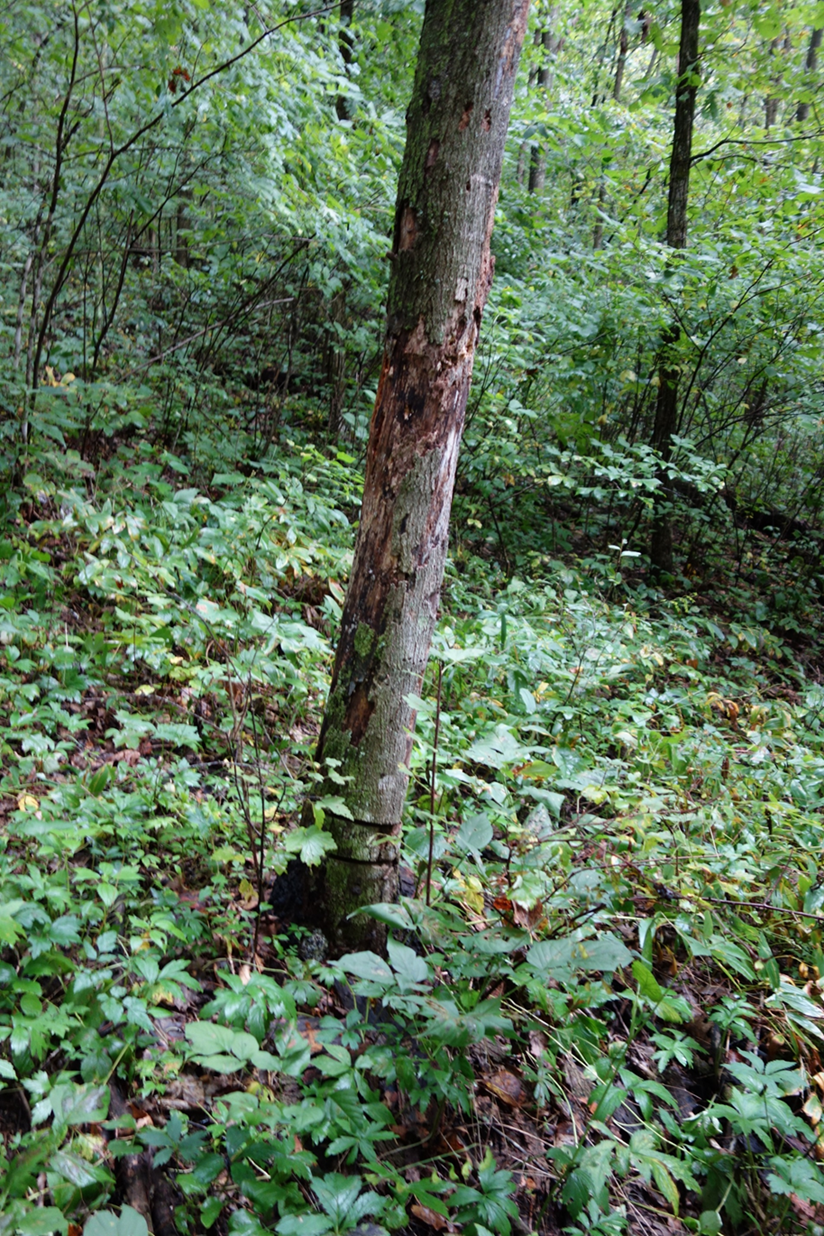
Figure 7: A Bitternut Hickory killed during 2010 crop tree release. The crown of this tree had been competing with nearby oaks.
What actually happened during the treatment
Things went largely as shown above. The Forester administering the winter 1985/86 timber sale (Jim Edgar) said that it went very well, with no rutting or soil damage and very minimal damage to residual stems. He also shared two items of note related to site conditions that probably had positive impacts on oak regeneration:
- There was a bumper red and white oak acorn crop in the autumn of 1985, prior to the timber harvest.
- There was less than normal timber slash left on the site post-harvest due to good top breakage in very cold weather harvest conditions.
Post-treatment assessment
The treatment was very successful, resulting in a healthy and diverse 34-year-old central hardwoods stand with a strong oak component in 2020.
As shown in table 3 below, red oak has by far the greatest basal area and frequency on plots of any species. White oak has a patchy, but still significant presence. Basswood, black cherry, aspen and shagbark hickory are also present in significant amounts, followed by smaller amounts of several other species.
Table 3: Tree species basal area in feet2/acre by DBH class, and frequency on BA plots in 2020. 21 basal area plots were taken.
Diameter Class 5-10” DBH 10-15” DBH 15-20” DBH >20” DBH
Species BA Freq BA Freq BA Freq BA Freq
Red Oak 25.0 71.4% 5.0 28.6% 0.0 0.0% 1.0 4.8%
Basswood 16.5 66.7% 0.5 4.8% 0.0 0.0% 0.0 0.0%
Aspen 9.4 28.6% 3.1 14.3% 1.9 9.5% 0.0 0.0%
Black Cherry 8.0 47.6% 0.5 4.8% 0.0 0.0% 0.0 0.0%
Shagbark Hickory 4.0 28.6% 0.0 0.0% 0.0 0.0% 0.0 0.0%
White Oak 3.5 23.8% 0.0 0.0% 0.0 0.0% 0.0 0.0%
Elm 3.0 19.0% 0.0 0.0% 0.0 0.0% 0.0 0.0%
Butternut 1.0 9.5% 1.0 9.5% 0.0 0.0% 0.0 0.0%
Sugar Maple 0.5 4.8% 0.5 4.8% 0.0 0.0% 0.0 0.0%
Hackberry 0.5 4.8% 0.5 4.8% 0.0 0.0% 0.0 0.0%
Green Ash 0.6 4.8% 0.0 0.0% 0.0 0.0% 0.0 0.0%
Total BA 86.0
*NOTE: 20+” DBH red oaks are residuals from the 1985/86 harvest.
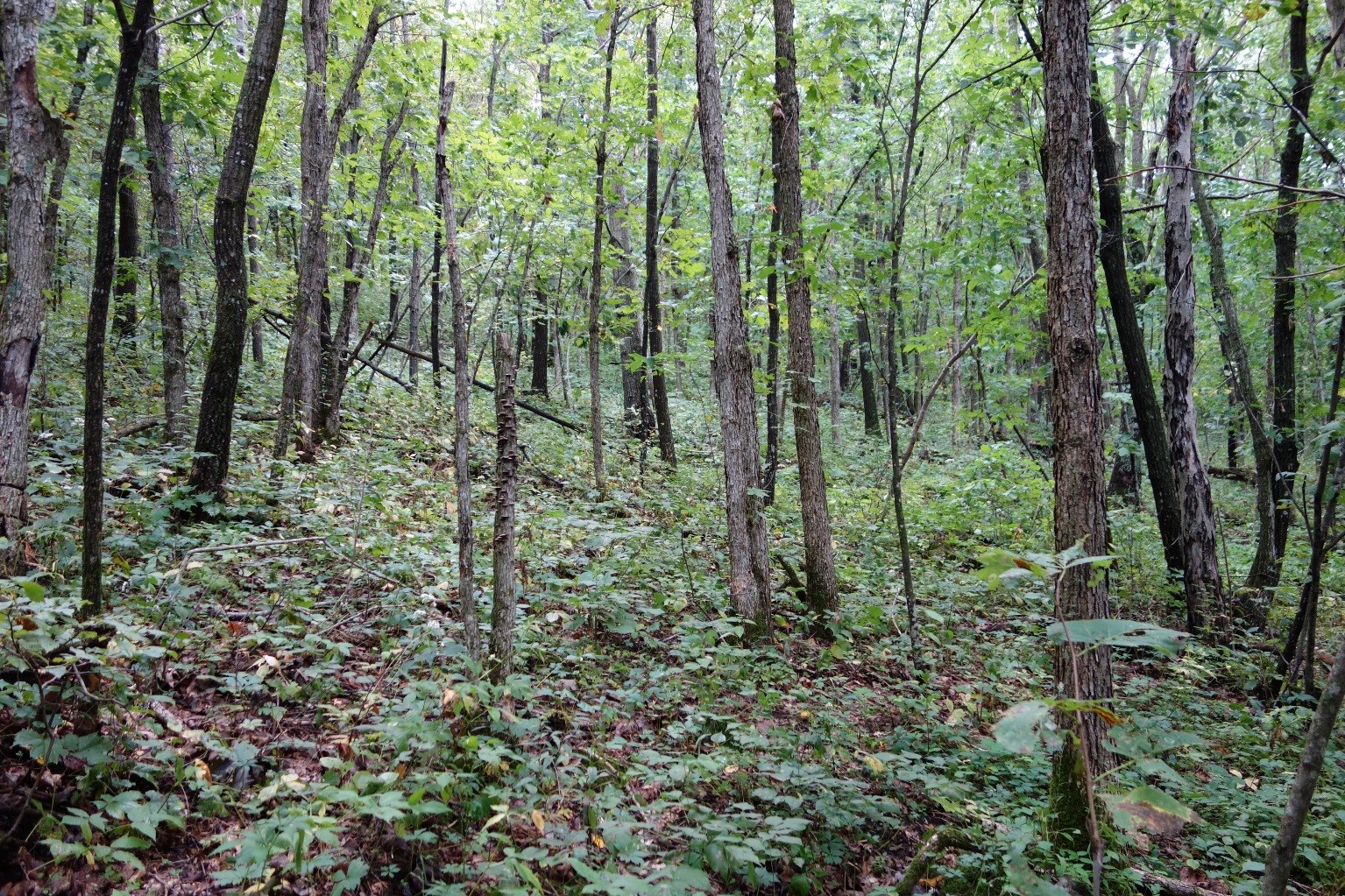
Figure 8: 34 year old stand in 2020. This is a portion of the stand with an exceptional white oak component.
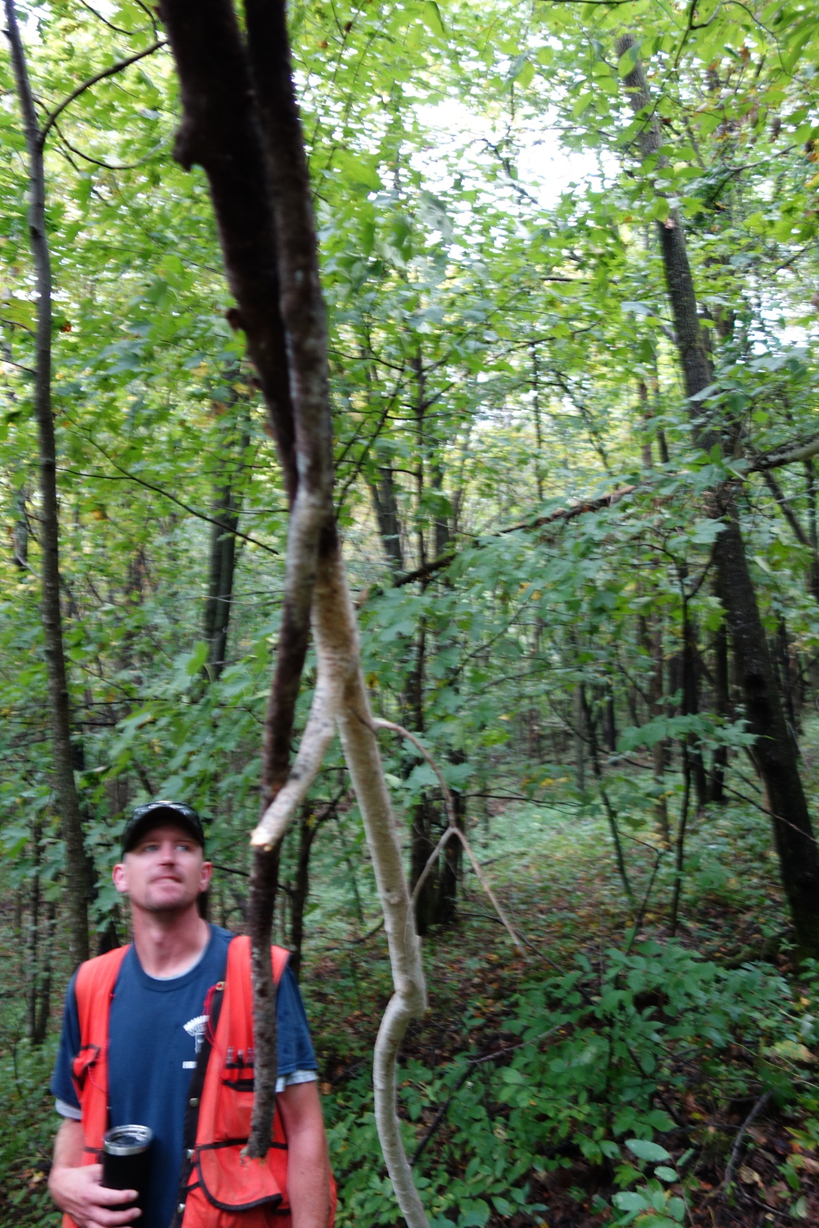
Figure 9: This portion of the stand had more sugar maple and basswood. Jason Bland has his morning coffee.
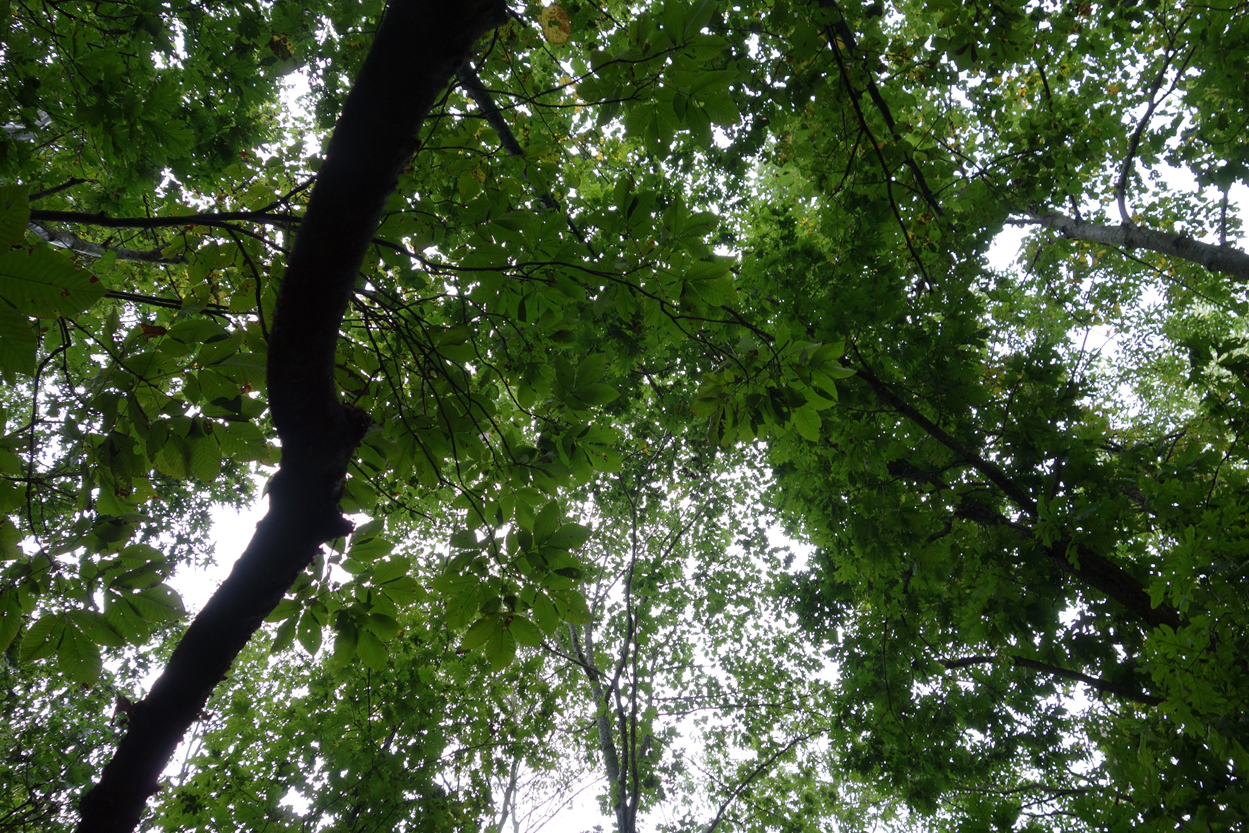
Figure 10: Looking up in 2020. Most of the stand has achieved crown closure.
Most of the oak on this site regenerated from natural seedling origin, not planted seedlings or stump sprouts.
A regeneration check in 1987 (two growing seasons after harvest) showed a good catch of crop tree species including red and white oak, and basswood. Regeneration check notes indicate that almost all regeneration in 1987 was natural origin, not planted. However, there are no notes to indicate why most of the planted oaks did not survive.
Table 4: 1987 Regeneration Check Results
|
Species |
Stems/Ac. |
Avg. height |
|
Red oak |
775 |
1 foot |
|
White oak |
675 |
1 foot |
|
Basswood |
775 |
1 foot |
|
Total |
2225 |
NA |
Factors resulting in exceptionally good oak regeneration success probably included:
- Clearcut with reserves harvest in the winter immediately following the bumper acorn crop
- Lower than average amount of timber slash on the ground after harvest due to exceptional limb breakage during harvest operations in very cold conditions
- Lower deer populations at time of project initiation in 1985, compared to more recent populations.
Understory vegetation composition
In terms of non-tree vegetation, we found a lot of native plant species in the young stand - both mesic indicators and some drier, sun loving plants as well. Mesic indicators include maidenhair fern (Adiantum pedatum), Jacob’s ladder (Polemonium reptans), bloodroot (Sanguinaria canadensis), large flowered bellwort (Uvularia grandiflora), and zig zag goldenrod (Solidago flexicaulis).
Invasive Species
We observed a few exotic plants, including buckthorn (Rhamnus cathartica), Japanese barberry (Berberis thunbergii), and multiflora rose (Rosa multiflora). These shrubs were scattered, but not common in the stand. However, they are something to be aware of and consider in future management.
Over a third of the competing elm and hickory stems girdled and treated in the 2010 crop tree release survived.
These stems continue to compete with oak, cherry and other crop trees in 2020. It is not clear from our observations why these stems survived, but we have noticed the same phenomenon on several other case study sites. Follow-up discussions with Forestry staff will take place to determine if changes to crop tree release treatment specifications might be needed.
Plans for future treatments
- Monitor the stand through periodic inventory surveys.
- Possibly continue to improve species composition, tree health and timber value through an additional pre-commercial crop tree release, and a thinning harvest.
Costs and economic considerations
Costs
Plant 12,000 red oak and 800 black walnut $ 104/ac. (1986 dollars)
Post-sale killing of competing undesirable trees 1986: $ 70/ac. (1986 dollars)
Crop tree release fall 2010: $ 150/ac. (2010 dollars)
TOTAL: $ 324/ac. (1986 and 2010 dollars)
Revenue
Harvest on 24 acres (1986) $ 611/ac (1986 dollars)
TOTAL: $ 611/ac (1986 dollars)
Other notes
An idea for a future case study is to see if oak regeneration success can be correlated with deer population data. Some veteran Foresters have noted greater difficulty in getting good oak regeneration over the past 15 to 20 years. One possible contributing factor they site is the increase in deer populations.
Summary / lessons learned / additional thoughts
Landscape and site objectives were fully met on this site
A clearcut with reserves harvest with post-sale tree competition control treatment worked well to establish a diverse hardwood stand with a strong oak component. Most of the oak regeneration was achieved from natural seeding from a bumper acorn crop prior to harvest.
The cost of establishment was low compared to revenue
The state of Minnesota made money on this site, and at the same time improved wildlife habitat and future revenue potential from a high quality hardwood stand.
The amount of white oak established on a portion of this site is unusually high
The forester that administered the harvest and regeneration project attributes that largely to a bumper white oak acorn crop in the fall of 1985, with harvest activity taking place in the winter of 1985-86.
Lower deer populations at the time of project initiation in 1985/86 may have been a contributing factor in oak regeneration success
A possible factor cited by foresters in causing greater difficulty regenerating oak now, compared to 25 to 35 years ago, is an increase in deer populations. One case study idea for the future would be to see if oak regeneration success can be correlated with deer population data.
